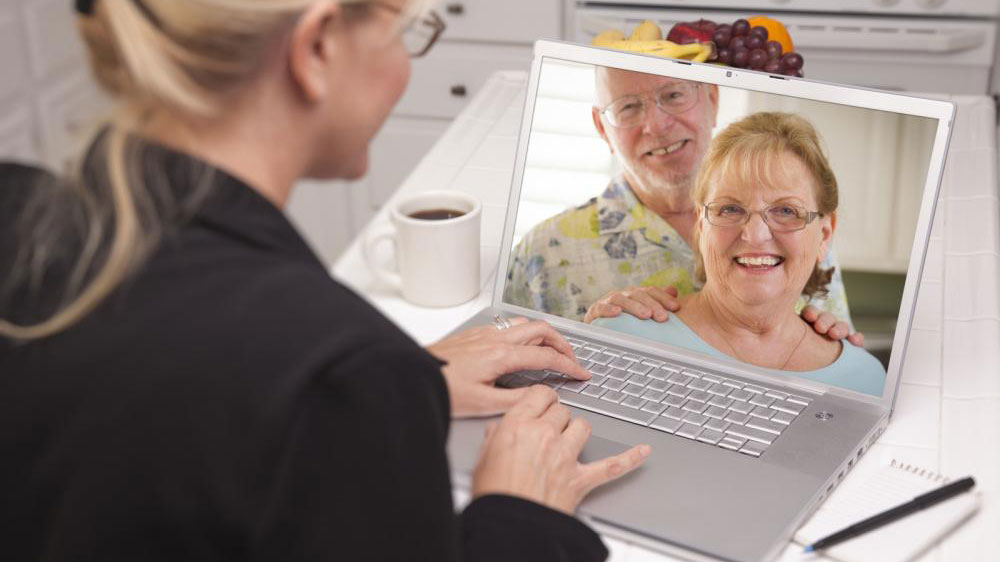
- By: Editorial team
- Date: Aug 7, 2020
- Tag: COVID-19, Telemedicine Infectious Disease
How the COVID-19 Pandemic Has Forced Changes in Medicare Telehealth Coverage
If you’re involved in the healthcare industry or are keeping abridge of the current situation involving the global COVID-19 pandemic, you may have learned that Congress, multiple federal agencies, and states have taken large steps towards changing healthcare regulation for the duration of the public health emergency. This is particularly noticeable in telehealth regulation.
We have created this summary of some of the changes introduced in Medicare telehealth coverage. However, it is important to understand that rules and regulations are continuously changing as the situation develops and that this piece merely provides an overview.
The CARES Act and its Telehealth Provisions
Congress passed the CARES Act in late March as an economic relief package that also included several crucial telehealth provisions. The most significant of the provisions provided the Health and Human Services (HHS) Secretary the authority to waive the 1834 restrictions.
These being the statutory limitations placed on Medicare reimbursement for telehealth services. These limitations included the provisions that the patient be located in a rural area (with a strict definition of rural); the patient can only access certain kinds of clinical facilities; only specific types of practitioners were allowed to perform telehealth services.
Major Changes Announced for Telehealth Services
Before the COVID-19 pandemic hit the US, the CONNECT for Health Act of 2019 was one of the most significant telehealth bills in Congress. While the bill hasn’t yet been passed, the pandemic urged Congress to push the aforementioned provision that allowed the HHS Secretary to waive the 1834 restrictions.
While the HHS has pushed forward with waiving certain requirements and the Center for Medicare and Medicaid Services (CMS) has implemented a significant portion of them, there are some details that they are still working on. Here are some of the recently announced changes that CMS has implemented for telehealth services:
- All Medicare telehealth services are subject to the waivers, not just the ones related to the diagnosis and treatment of COVID-19.
- The patient can be located anywhere to receive telehealth services, including their home.
- Telehealth providers need not be licensed or enrolled in the state where the services are being provided, as long as they are both licensed and enrolled in a state.
- Both new and established patients can be telehealth patients.
- There are now 80 new codes added to CMS’s list of authorized telehealth services.
- Cellphones with video and audio capabilities are now officially allowed at both provider and patient ends of the telehealth service.
- RHCs (Rural Health Clinics) & FQHCs (Federally Qualified Health Centers) are now allowed to be distant provider sites for telehealth services.
- Restrictions on the number of times specific telehealth services are allowed to be provided have been lifted.
- Certain in-person visits that were required for ESRD, hospice, and nursing home patients can now be conducted via telehealth services.
- Waivers to the Stark Law have been implemented, including the requirement that equipment leases be done at fair market value.
CallingDr is a premium HIPAA-compliant telehealth app for doctors and patients. Our integrated and complete telemedicine and mobile health platform connects doctors with patients anytime, anywhere.
Get in touch with us to learn more about the app’s features or sign up today.
